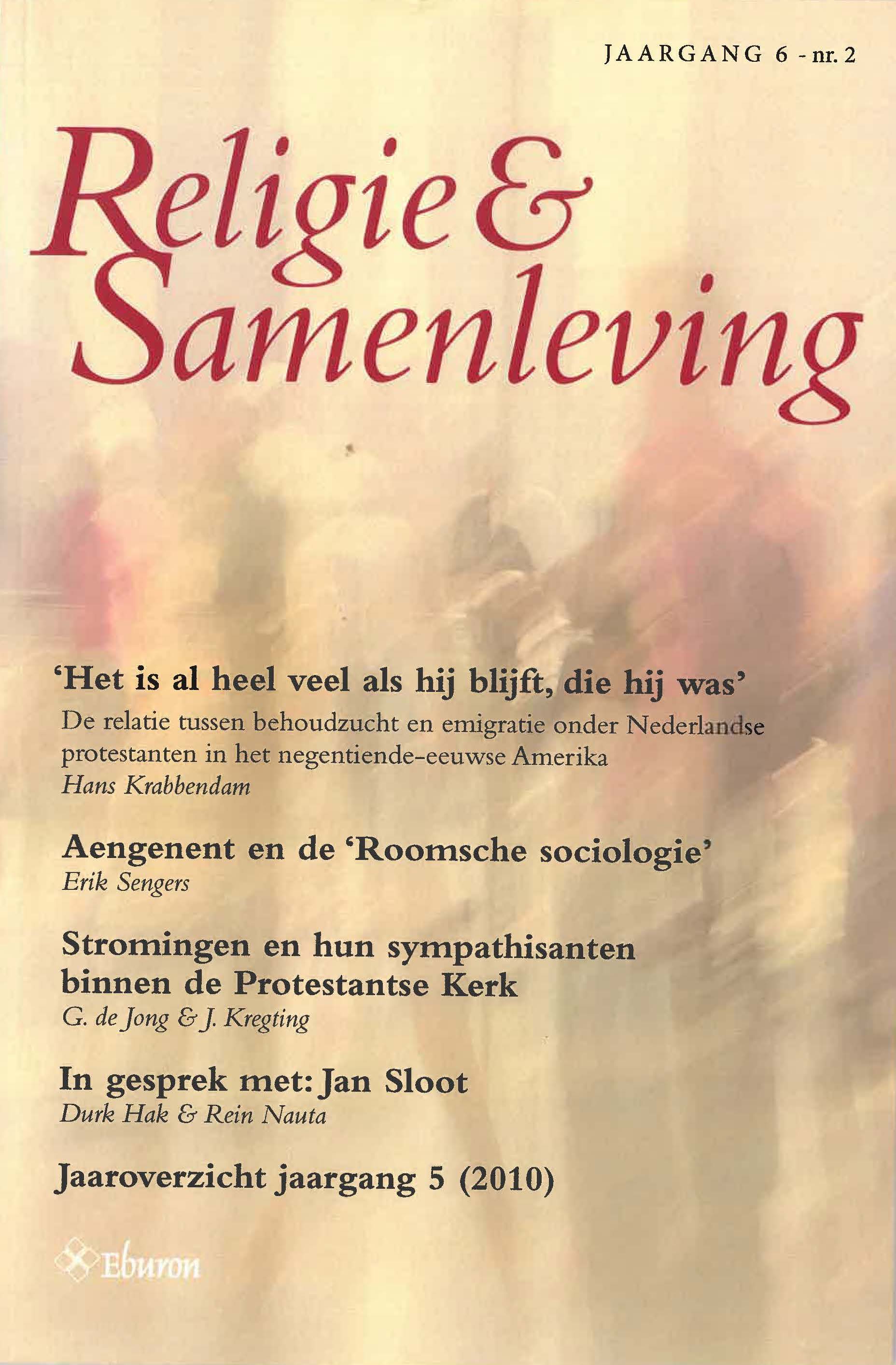‘Het is al heel veel als hij blijft, die hij was’
De relatie tussen behoudzucht en emigratie onder Nederlandse protestanten in het negentiende-eeuwse Amerika
DOI:
https://doi.org/10.54195/RS.13008Samenvatting
This essay analyzes the relation between conservatism and immigration among Dutch immigrants in nineteenth century America. It challenges the idea that especially those Dutch immigrants were prime examples of this religious traditionalism, which is said to be necessary to balance the many changes that the immigrants have to cope with. A careful distinction between five phases of immigration and settlement reveals that this alleged conservatism was hardly prominent in the first phase in which most changes occurred, but more in the third phase of consolidation. In this phase the new immigrants arrived in a more established situation, which made them expect similar circumstances in the area that they could control best, the church. Moreover, the two main Dutch immigrant churches competed with each other for the sympathy of the newcomers from the Netherlands. Both tried in the second phase to present themselves in an orthodox cloak, since that neutralized the fear that emigration inevitably led to a lapse into disbelief. Therefore, if the immigrant communities showed signs of traditionalism, it was tied to a certain phase and to a conscious strategy.




